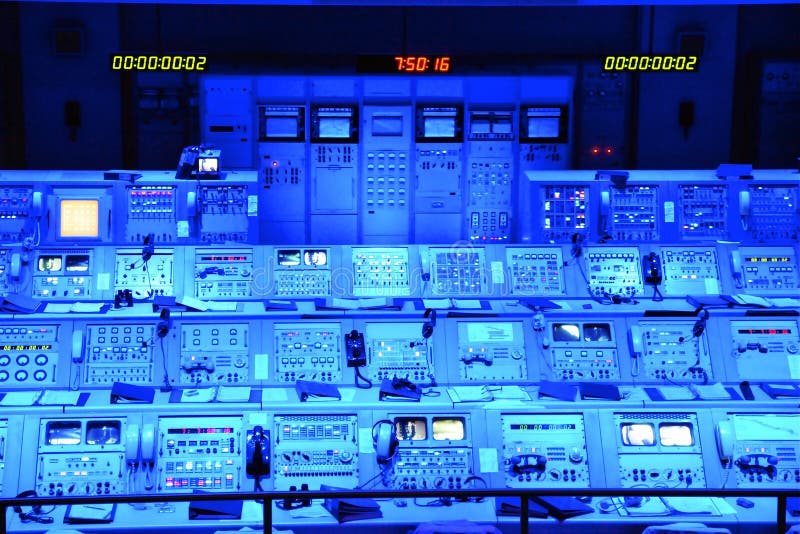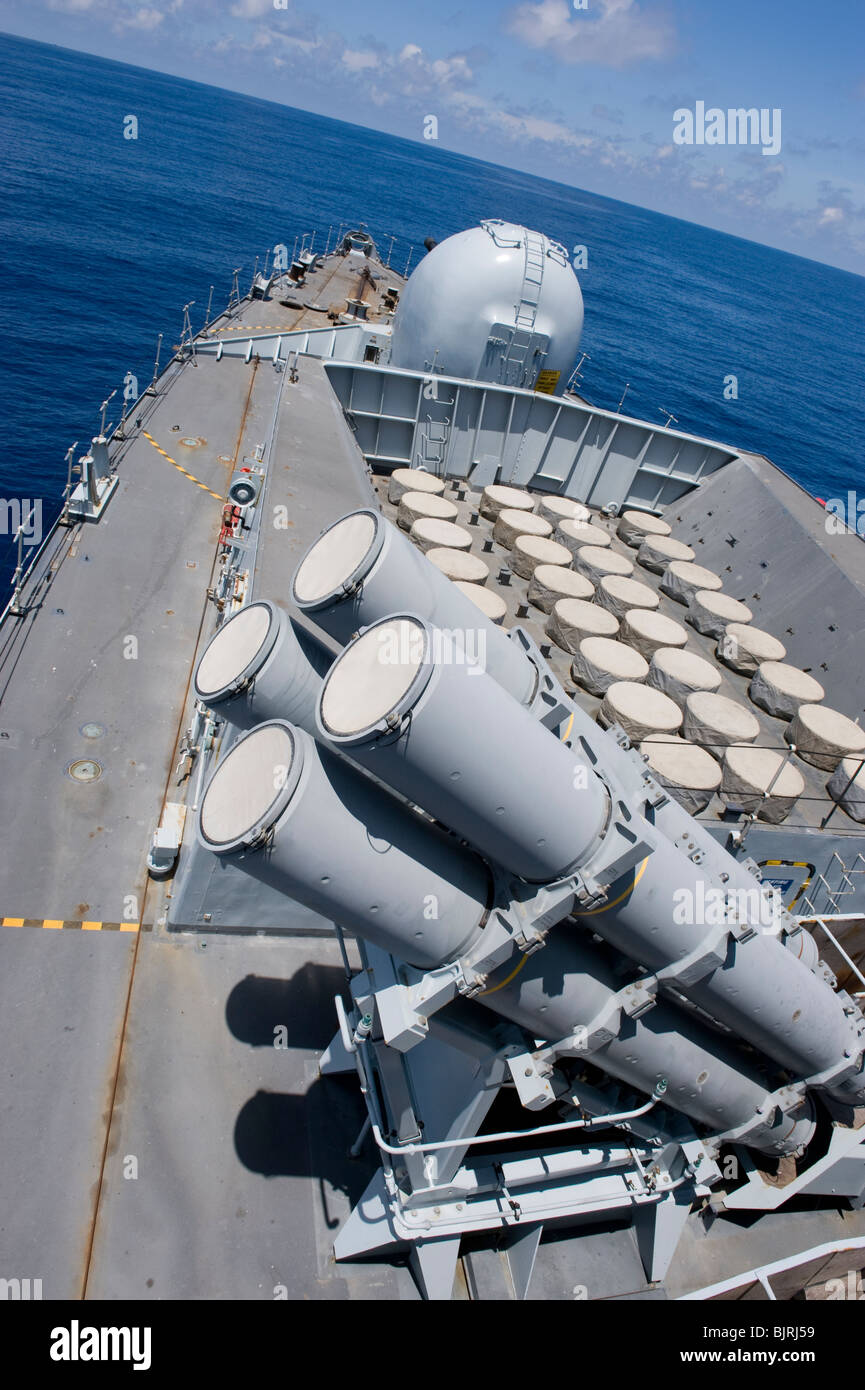

SpaceX staff “assumed that the inspector did not have the latest information” As the launch clock was counting down, SpaceX staff in the meeting made little progress - 15 minutes before liftoff, “the FAA informed SpaceX that the weather data provided was not sufficient.” The same safety risk remained, and SN8 wasn’t cleared for launch. The report said the director had “the impression that” SpaceX’s data was sufficient. SpaceX’s director of launch operations, whose name wasn’t provided in the report, restarted the launch countdown clock shortly after. As a new launch countdown clock was ticking, SpaceX asked the FAA to waive this safety threshold at 1:42PM, but the FAA rejected the request an hour later.

The FAA’s models showed that if the rocket exploded, its shockwave could be strengthened by various weather conditions like wind speed and endanger nearby homes. SpaceX’s SN8 Starship prototype successfully lifts off in violation of its launch license. It was unclear what role, if any, Musk himself played in the decision to launch SN8.
LAUNCHCONTROL LICENE FULL
Launch day on December 9th, when weather conditions changed, was full of ad hoc meetings between company employees and FAA officials, who repeatedly rejected SpaceX’s weather and launch modeling data that purported to show SN8 was safe to fly, according to a five-page SpaceX report. SpaceX first attempted to launch SN8 at SpaceX’s South Texas Starship campus on December 8th with FAA approval, but it scrubbed due to an engine issue. But a confidential five-page report by SpaceX and letters between Shotwell and Monteith reveal what SpaceX employees knew before liftoff and detail how the company responded to its violation in the aftermath.įAA rejected SpaceX data in multiple launch day meetings The FAA confirmed the violation after a report by The Verge in January. SpaceX didn’t respond to a request for comment. Neither SpaceX nor Musk has publicly commented on the SN8 violation. The company has since won a $2.9 billion contract to put NASA astronauts on a Starship flight to the Moon in 2024 - the first and only such contract in a half-century. SpaceX emerged from the December launch violation relatively unscathed. Musk taunted local officials, inviting them to come arrest him. In 2020, Musk’s Fremont Tesla factory violated local safety orders, defying the local government’s stay-at-home order to work through the pandemic.

Shortly after, he went on 60 Minutes to say no one was approving his tweets the SEC brought him back to court, though Musk’s tweets have continued to raise eyebrows with no apparent consequences. After settling with the Securities and Exchange Commission in 2018 over an attempt to take Tesla private, Musk was told his tweets about the company needed a lawyer’s sign-off. Ultimately, the FAA didn’t sanction SpaceX, and less than two months later, SpaceX resumed flights in Boca Chica, Texas.įor Musk, SpaceX’s CEO who was on site for SN8’s launch day, the violation is one of the latest tussles with regulators overseeing his companies. The documents exclusively obtained by The Verge show how SpaceX prioritized speed over safety when launching on its own private rocket playground. SpaceX occupies a particularly dominant position, as it is now NASA’s only ride to the International Space Station and the Moon. Launch violations are rare in the industry, even as private contractors have taken over work that once was the US government’s alone. “Although the report states that all SpaceX parties believed that such risk was sufficiently low to comply with regulatory criteria, SpaceX used analytical methods that appeared to be hastily developed to meet a launch window,” Monteith went on.

LAUNCHCONTROL LICENE LICENSE
SpaceX’s violation of its launch license was “inconsistent with a strong safety culture,” the FAA’s space division chief Wayne Monteith said in a letter to SpaceX president Gwynne Shotwell. “SpaceX used analytical methods that appeared to be hastily developed to meet a launch window.”


 0 kommentar(er)
0 kommentar(er)
